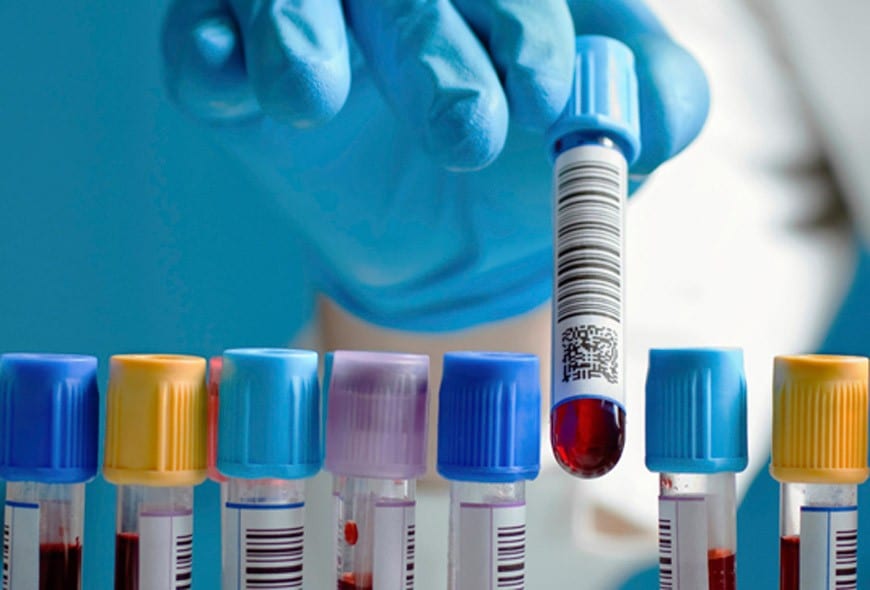The Rise of STDs Among Millennials
With young adults blossoming in an era where casual sex is the norm, it’s no surprise that the number of people diagnosed with sexually transmitted diseases (STDs) and sexually transmitted infections (STIs) has risen. The rise of STDs has shot up primarily from the lack of using condoms for protection and as a result of many adults being unaware that they even have an STD or STI. For that reason, it is highly important to learn the difference between STDs and STIs as that knowledge will help in the process of prevention and treatment.
Another factor in this issue is the prevalence of illicit prostitution in the United States. Countries that have legalized regulated prostitution have seen a decrease in STDs being spread from that outlet. It’s time to educate ourselves about just how common STDs and STIs have become in this day and age and how to stay safe.
How Common are STDs and STIs?
Recent research has shown that more than half of all people will have an STD or STI at some point in their lives. Another startling statistic is that less than half of adults ages 18 to 44 have ever been tested for an STD or STI apart from HIV/AIDS. This leads to a whole different ballpark of problems, especially for women, because if left untreated, many STDs can cause infertility or increase the risk of cancer.
Each year, one in four teens gets an STD/STI and by age 25, one in two sexually active persons will have one. The rise of STDs among young people is becoming a 50/50 chance.
Specifically, the number of people with chlamydia infections has skyrocketed, becoming the most widespread STD in the US. In 1997 there were over 500,000 reported diagnoses, but recent numbers have shown that rate has more than doubled to about 1,250,000. Keep in mind that these numbers also only account for people with STDs who report them, so the actual number is larger than studies can even discover.
Gonorrhea and syphilis have both also reportedly spread. According to a report from the Centers for Disease Control, most of the new cases of STDs and STIs are coming from men having sex with other men. These relations account for 75 percent of all primary and secondary syphilis cases.
Increases in cases of chlamydia and gonorrhea are growing among the younger population due to biological factors. The cells live in the area of the cervix where younger women are more prone to the infections. However, there are unarguably behavioral factors leading to the spread of STDs today.
Binge drinking among college students and young adults has definitely played a role in the careless spreading of STDs. People are becoming more accepting of the “one night stand” culture, and in turn, recklessly having intercourse without protection or asking any questions about STDs beforehand.
It is estimated that one in five Americans have genital herpes, a lifelong infection, but almost 90 percent of those infected are unaware. Each year genital herpes is infecting almost 800,000 new victims, and some research even suggests that by 2025 up to 40 percent of all men and half of all women could have the disease.
With STDs and STIs becoming so common, it’s crucial to become more aware of the high risk that comes along with being too lazy or careless to use protection. One night of unprotected sex could leave you with a painful and distressing responsibility to take care of for the rest of your life.
Along with getting tested and being conscious about using protection, there is one other way in which the US could possibly counter the spread of STDs.
Could Regulated Prostitution Lower the Risk for STDs?
At first, the concept of legalizing and regulating prostitution seems almost ridiculous, but there are various ways in which it could actually counter the rise of STDs. The same goals that the US attempts to achieve by criminalizing prostitution are attempted by various other countries through the regulation of it.
Laws against prostitution endanger prostitutes by making it much more unlikely for a sex worker to get regular health check-ups or seek help from the police in threatening situations. In areas where prostitution is regulated, such as Senegal, the Netherlands, Germany, and areas in Australia, women set their own rates and decide for themselves what sexual acts they’re willing to perform. Government authorities require safe sex and distribute condoms, creating a safer atmosphere than back alleys and strangers’ cars.
The governments also can more closely monitor each sex worker, requiring job applicants to undergo background checks including identification, residence and age. This prevents minors from getting into the sex business and exploiting themselves to the dangers at a young age. There is also the availability of urgent care std testing.
Areas in the state of Nevada actually do strictly regulate activity at legal brothels and is the only place in the US to do so. Sex workers in Nevada have to get weekly tests for gonorrhea and chlamydia as well as monthly tests for syphilis and HIV. Condoms are also required for all sex acts. The law is strictly enforced and significantly lowers the risk for both sex workers and customers to get or spread STDs.
A study done in April of 2012 by the Urban Justice Center found that cops in New York City were actually using condoms found on woman as evidence in court to prosecute them as criminals. Obviously, the result of this is that women sex workers felt much less enthusiastic about wearing protection in fear of getting a criminal record as a result.
Criminalization actually increases vulnerability to HIV and other STDs by fueling a harsh stigma against prostitution and thus limiting access to health and harm reduction services. It lowers the self-esteem of prostitutes and takes away their ability to make educated decisions about their health.
STDs are one of those topics that people typically avoid talking about, but it’s one that needs more attention, especially with the current rise of STDs. As the numerous diseases continue to spread and new ones are being discovered, the risk of contracting one is at an all time high. When it comes to STDs, ignorance is not bliss: what you don’t know can definitely hurt you in the long run. Do the responsible thing and get tested. Stock up on some Trojans while you’re at it.









